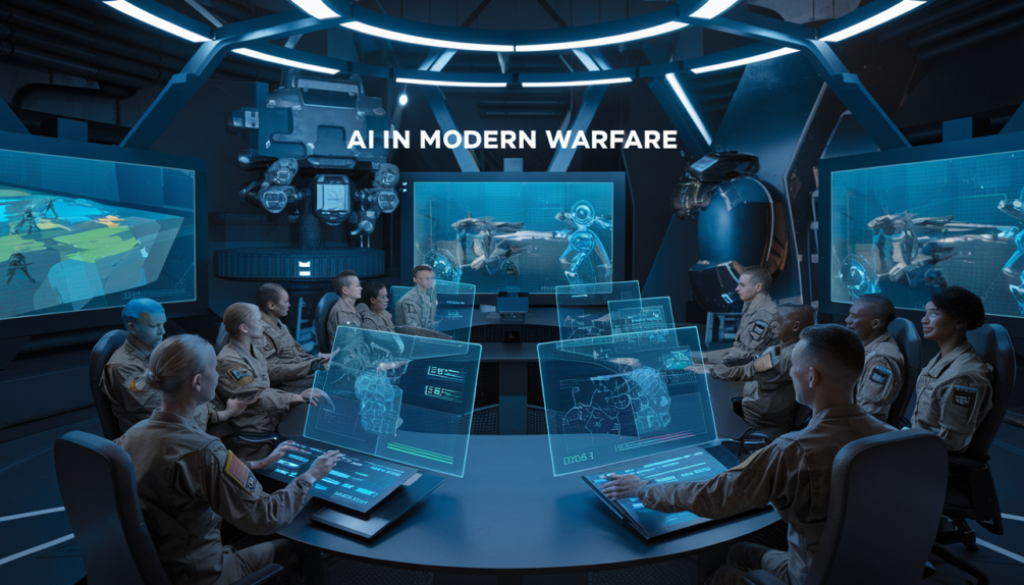How AI is Revolutionizing Modern Warfare: A Deep Dive
Ever wondered what happens when Silicon Valley’s algorithms enter the battlefield? Sit with that for a moment. Military strategists are deploying artificial intelligence in modern warfare at a pace that would make your head spin.
Think you understand war from movies? The reality’s shifted dramatically. AI is revolutionizing modern warfare through autonomous drones making split-second decisions, predictive systems spotting threats before humans can, and cyber defenses evolving faster than attackers.
By the end of this deep dive, you’ll understand exactly how militaries worldwide are leveraging these technologies – and the ethical minefields they’re creating along the way.
But here’s the question keeping defense officials awake: when two AI systems face off in combat, who really maintains control of the battlefield?
Security considerations
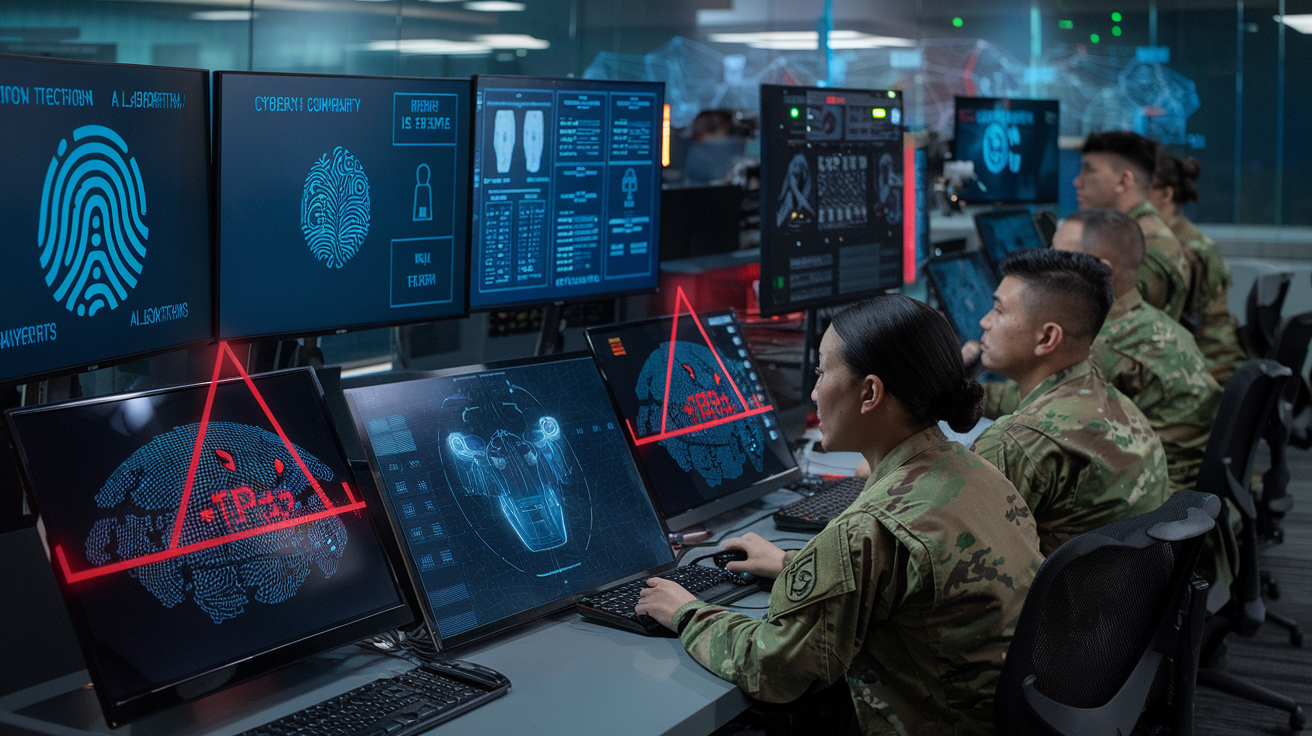
Data Vulnerability Risks
When AI systems become central to military operations, they’re walking targets for cyberattacks. Think about it—what happens if an adversary hacks the autonomous weapon system you just deployed? Game over.
The cybersecurity nightmares keep military leaders up at night. AI algorithms trained on compromised data can make catastrophically wrong decisions. A single corrupted sensor feed could trick an AI system into misidentifying targets or ignoring legitimate threats.
Algorithmic Transparency Issues
Here’s the uncomfortable truth: most advanced AI systems are black boxes. Military commanders need to understand why an AI made a specific recommendation before launching missiles, but complex neural networks don’t exactly come with simple explanations.
This lack of transparency creates a dangerous accountability gap. When an AI-powered system makes a fatal error, who takes responsibility? The programmer? The commanding officer? The algorithm itself?
Ethical Safeguards
The technology is racing ahead while ethical frameworks struggle to keep pace. We need guardrails—and fast.
Effective security means building AI systems with fail-safes that prevent unauthorized access or manipulation. It requires continuous vulnerability testing and developing attack-resistant architectures that maintain operational integrity even under cyber assault.
Trustworthy AI in warfare isn’t just about better technology—it’s about creating systems with human oversight capabilities that can override autonomous functions when ethical boundaries are crossed.
Regulation
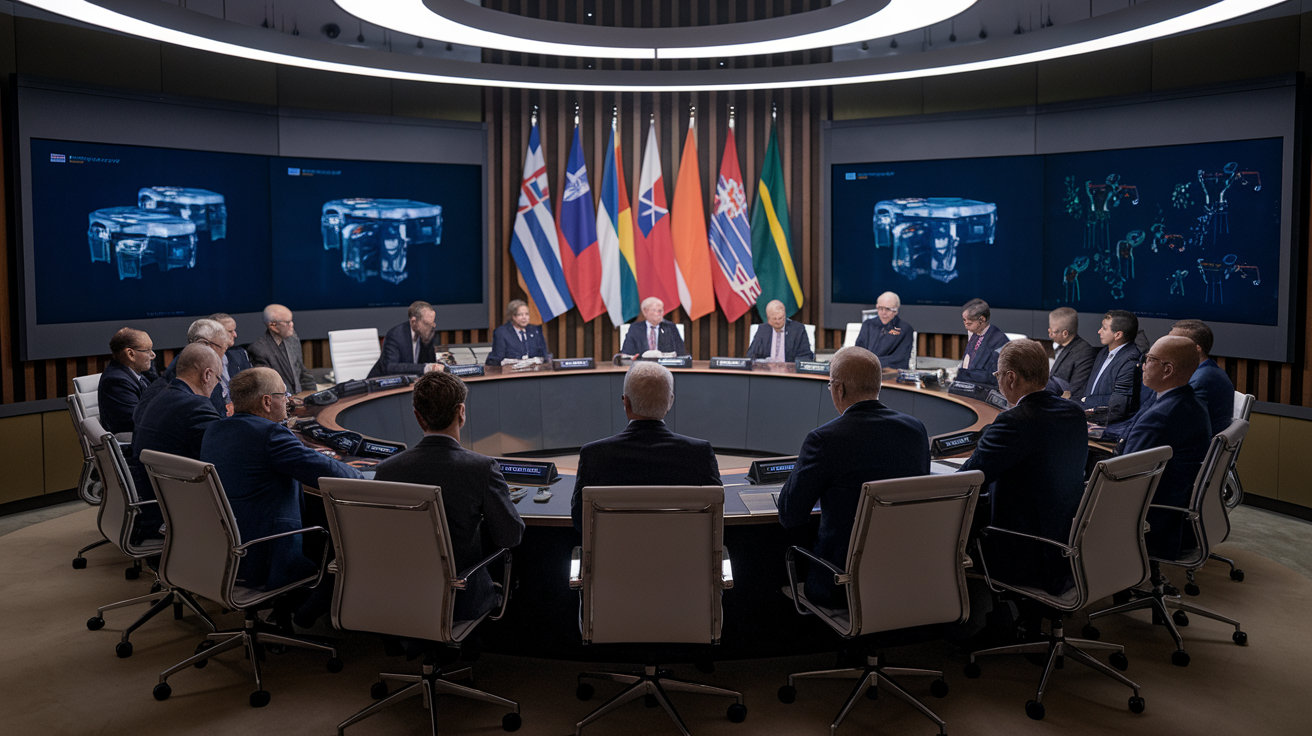
The Ethical Battleground
We’re witnessing a military AI arms race with virtually no guardrails. Scary stuff, right? While AI transforms battlefields, regulation struggles to keep pace. Major powers are racing ahead, developing autonomous systems that can identify, target, and eliminate threats without human intervention.
The problem? Existing international frameworks like the Geneva Conventions never anticipated killer robots or AI-powered cyber warfare. They’re woefully outdated for this new reality.
Current Regulatory Efforts
Several initiatives are trying to address this gap:
- The Campaign to Stop Killer Robots advocates for a preemptive ban on fully autonomous weapons
- The UN’s Convention on Certain Conventional Weapons (CCW) has been discussing lethal autonomous weapons since 2014
- The EU’s AI Act attempts to classify military AI systems based on risk levels
But here’s the catch – these efforts lack teeth. Major military powers have little incentive to limit technologies that might give them an edge.
The Policy Dilemma
Military leaders face an impossible choice: embrace AI’s capabilities or fall behind adversaries who will. This creates a classic security dilemma where defensive measures by one nation trigger offensive countermeasures by others.
When your potential enemies are developing AI weapons, restraint becomes a strategic disadvantage. This explains why meaningful regulation remains elusive despite widespread recognition of the risks.
What’s needed isn’t just more meetings and papers, but enforceable standards with verification mechanisms. Without them, AI in warfare will continue advancing faster than our ability to control it.
THIS MONTH
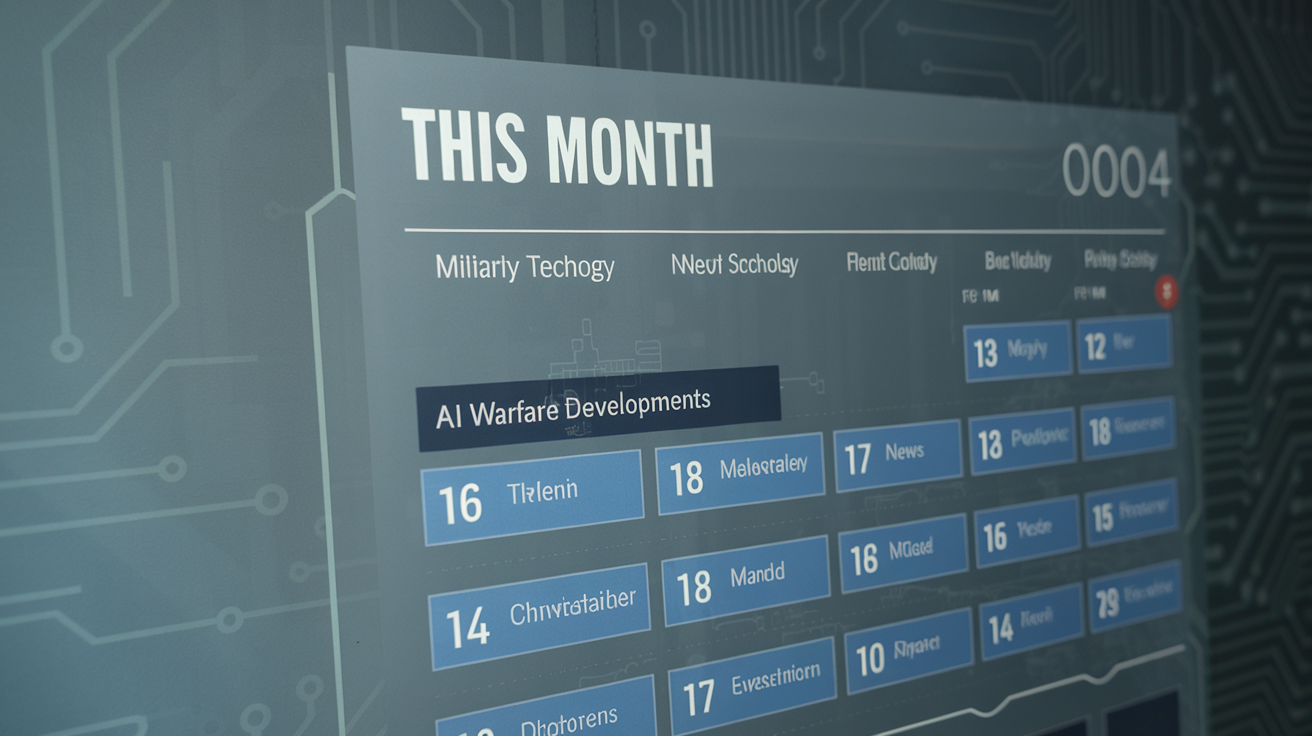
Breaking News: Autonomous Combat Drones Deployed in Middle East Conflict
The Pentagon confirmed today that fully autonomous AI-powered combat drones have been deployed in active combat operations for the first time. These systems, capable of identifying and engaging targets without human intervention, represent a significant milestone in military technology.
“We’re witnessing warfare’s transformation in real-time,” says military analyst Sarah Chen. “These aren’t remotely piloted drones anymore—they’re making their own tactical decisions.”
Pentagon Announces $2.8 Billion AI Defense Initiative
The Department of Defense has allocated $2.8 billion toward developing next-generation AI warfare capabilities. The initiative focuses on four key areas:
- Autonomous weapons platforms
- Predictive intelligence systems
- Cybersecurity defense mechanisms
- Battlefield decision support algorithms
Defense contractors Lockheed Martin and Boston Dynamics have secured the largest contracts, with significant portions dedicated to ethical oversight mechanisms.
UN Security Council Calls Emergency Meeting on AI Warfare
Growing international concern over AI weaponry has prompted an emergency UN Security Council session. Several nations are pushing for new treaties regulating autonomous weapons, with particular focus on systems capable of lethal force without human approval.
China and Russia have reportedly accelerated their own AI military programs in response to recent deployments, raising fears of a new arms race focused on artificial intelligence capabilities.
WATCH NOW
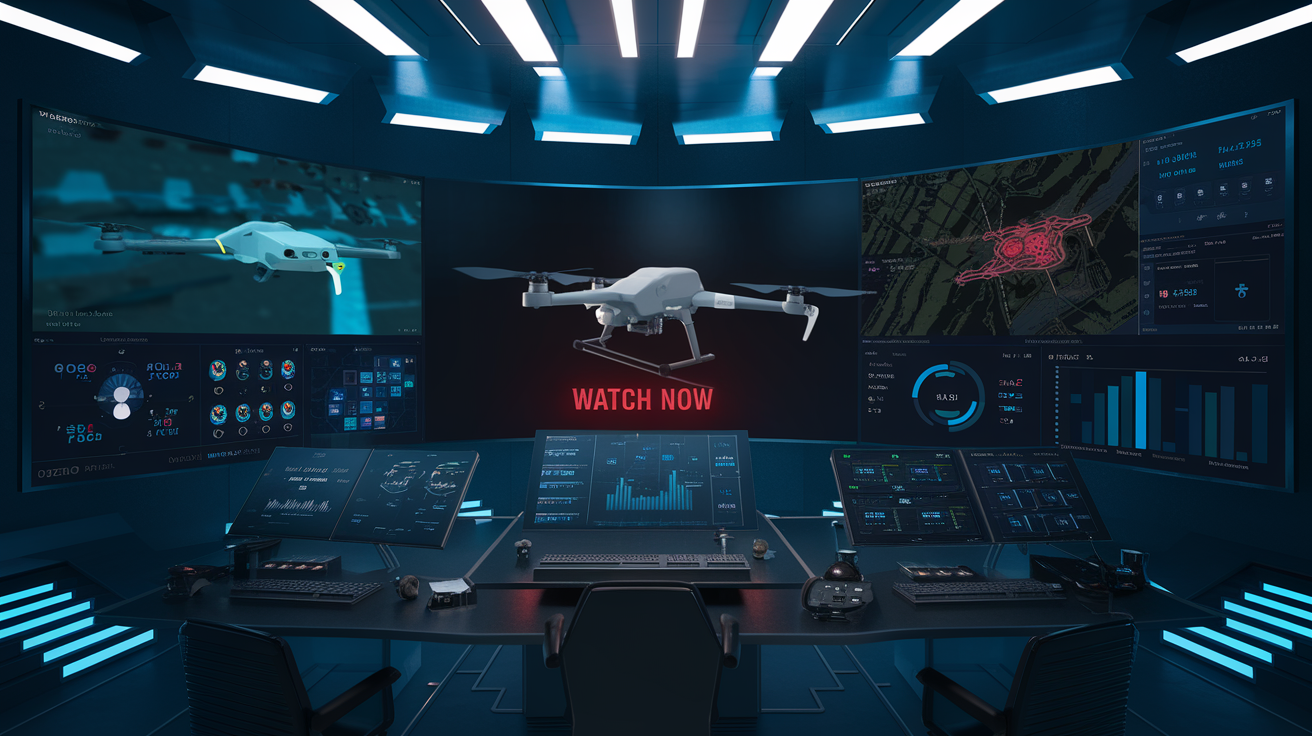
Behind the Scenes: Military AI in Action
Want to see how AI is actually transforming modern warfare right now? These videos cut through the hype and show you the real tech in action.
Check out Boston Dynamics’ robot dogs patrolling perimeters and entering dangerous buildings before human soldiers. It’s not sci-fi anymore—these quadruped bots are already deployed in limited operations.
Or watch footage of autonomous drone swarms communicating with each other during test flights. They coordinate without human input, changing formation when obstacles appear. Pretty mind-blowing stuff.
The Israeli Iron Dome system offers another angle—its AI-powered targeting can track and intercept multiple incoming threats simultaneously, making split-second decisions faster than any human operator could.
There’s also this wild demonstration of an AI system analyzing satellite imagery in real-time, identifying military vehicles and installations that would take human analysts hours to find.
For the tech-curious, the DARPA SubT Challenge videos show robots autonomously navigating underground environments—exactly the kind of dangerous scenarios where you’d rather send a machine than a person.
These aren’t concept videos or CGI demonstrations. This is actual military AI technology being tested and deployed right now, changing the fundamental nature of warfare before our eyes.
READ MORE

Related News
Keeping tabs on AI warfare developments? These recent stories might’ve flown under your radar:
Just last week, the Pentagon announced a $2 billion investment in autonomous defense systems, focusing on battlefield AI that can operate without constant human oversight. This marks their biggest AI push since the establishment of their AI strategy in 2018.
Meanwhile, China unveiled what they’re calling “cognitive electronic warfare” capabilities – essentially AI systems that can adapt to enemy countermeasures in real-time. Military experts are calling this a game-changer for radar evasion tactics.
Russia hasn’t been quiet either. Their military recently demonstrated drone swarms coordinated by a central AI during exercises near their western border. The drones communicated with each other to identify and track targets without human input.
On the ethical front, the UN’s Convention on Certain Conventional Weapons held emergency talks after reports emerged of AI-enabled facial recognition being used to select targets in a recent regional conflict.
Tech companies are feeling the heat too. Google employees successfully pushed back against Project Maven renewal, refusing to work on AI that could improve drone targeting capabilities.
The race is intensifying daily, with each development raising both tactical possibilities and ethical questions about where we draw the line with intelligent machines in warfare.
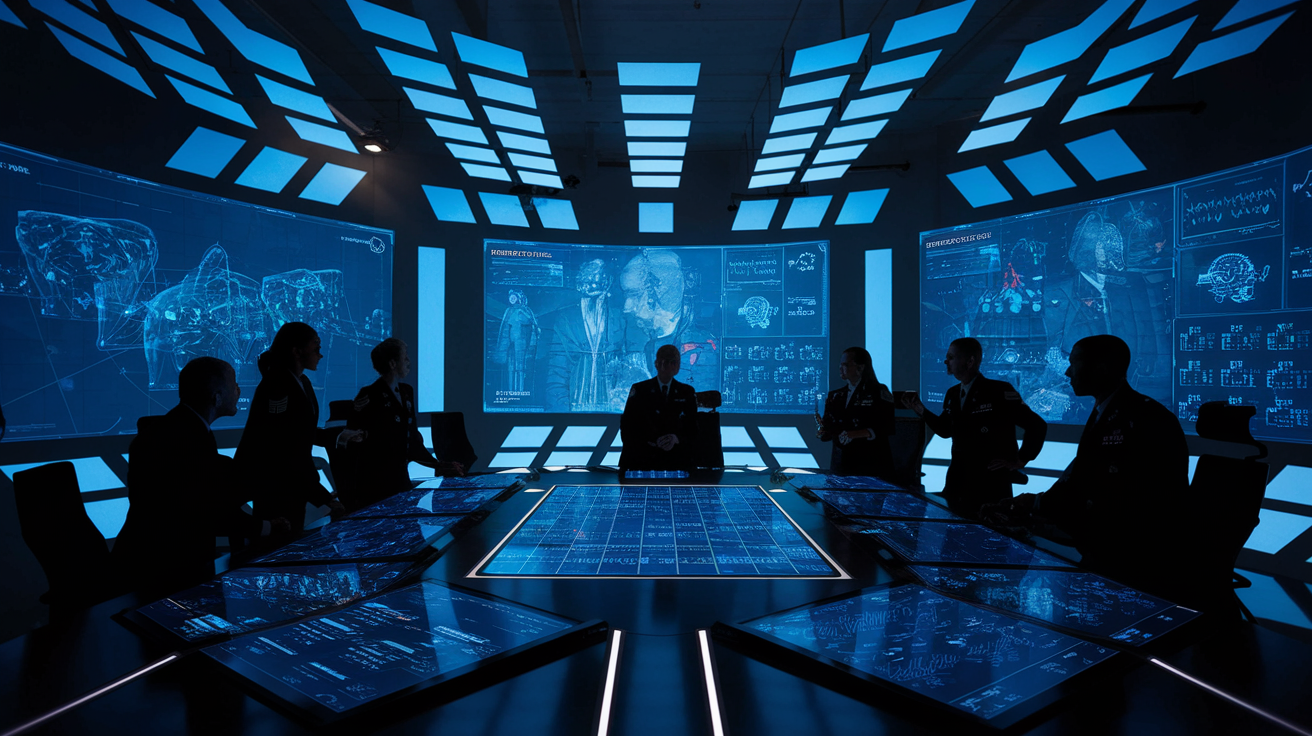
The rapid evolution of AI technologies is fundamentally changing modern warfare, creating new security challenges while offering unprecedented analytical capabilities. As military organizations worldwide integrate these systems, the need for comprehensive regulations becomes increasingly critical to prevent misuse and ensure ethical deployment.
Military leaders and policymakers must stay informed about these developments to make strategic decisions that balance technological advancement with security concerns. By leveraging AI-powered analytics responsibly, defense sectors can enhance their capabilities while addressing the complex ethical questions that arise in this new era of warfare. The time to engage with these issues is now—before AI applications in warfare advance beyond our ability to govern them effectively.
